Monday 17 November 2025
Tiranga as it was Then to Tiranga Now
Share

As we celebrate 78th Independence Day, it rekindles our sense of patriotism. The flag symbolizes our pride honor, rejuvenating our love for the motherland. But did you know it wasnt always the waythat we recognize it today. The Ashok Chakra wasnt always in the middle of it. Its important to remember the evolution of Tiranga over the years.
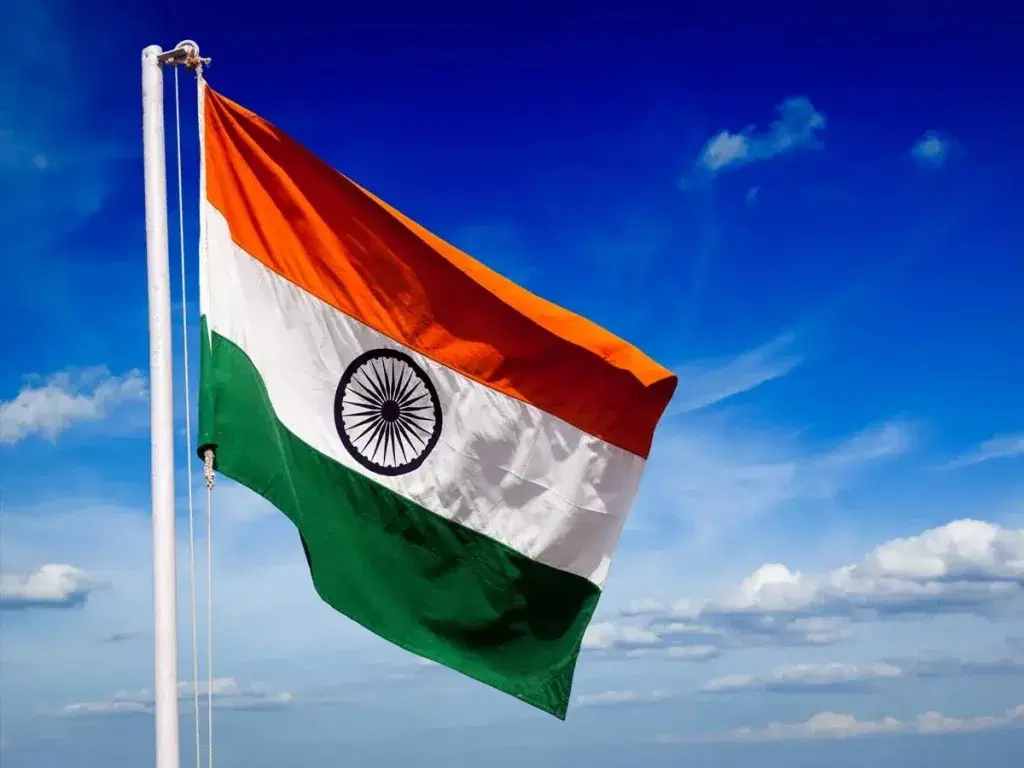
The path of meticulous thought, preparation and work has gone into the making of our flag.
The National flag of India was formally adopted in its current form on July 22, 1947, a few days prior of Indias independence on August 15, 1947. Over the years, the flag has undergone various changes before the current tricolor design was chosen. This article will take you back to unfurl the history of our national flag.
The Unofficial Flag, 1906
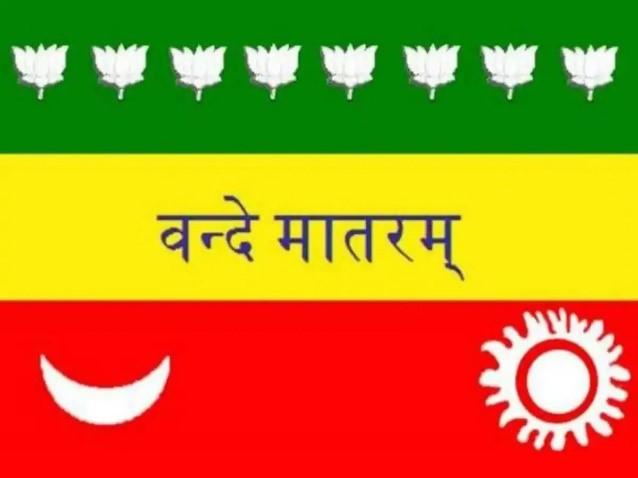
August 7, 1906, saw the raising of Indias first unofficial flag, at Parsee Began Square (Green Park) in Kolkata. The early tricolor featured three red, yellow and green horizontal stripes. Eight partially opened lotus flowers adorning the green stripe . While, the yellow stripe displayed the words Vande Mataram in Devanagari script.
The Berlin Committee Flag, 1907

The second flag, similar to the first, was raised at a socialist congress in Berlin in 1907 in Paris by Madame Cama and her party of exiled revolutionaries. It featured a saffron top stripe with one lotus and seven stars (representing the Saptarishi). This Indian flag was the first flag flown internationally, featuring the words Vande Mataram as well.
The flag during Home Rule Movement
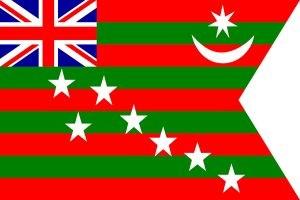
The third flag appeared in 1917 during the Home Rule Movement. The flag was led by the freedom fighter Bal Gangadhar Tilak. This flag featured four green and five red horizontal stripes that were placed alternatively. It included the Saptarishi, symbolized by seven stars. The Union Jack was in the upper left corner , close to the pole. Additionally, in the right corner, there was a white crescent and star.
Another unofficial flag, 1921

In 1921, an Andhra youth created a flag with red and green stripes, during the All-India Congress Committee meeting in Bezwada (now Vijayawada). The red and green stripes symbolized Hindu and Muslim communities. Mahatma Gandhi proposed adding a white stripe to represent remaining Indian communities and a spinning wheel to signify national progress.
The Flag in 1931
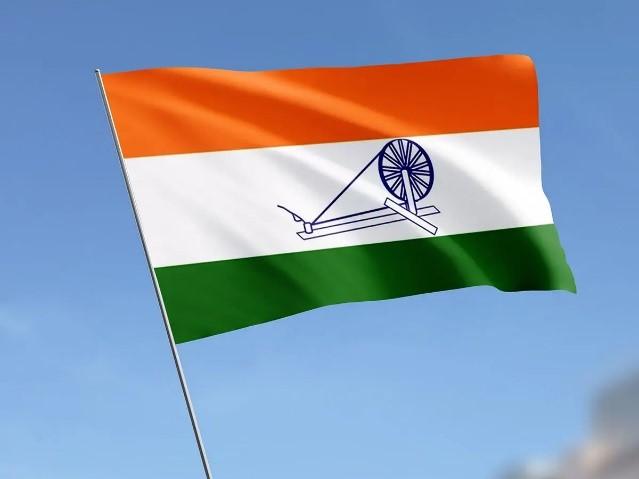
Indian officials introduced a new flag in 1931, to adopt a more secular approach and avoid spiritual connotations. This flag was quite similar to the current one, but instead of the Dharma Chakra, it had a whole spinning wheel.
The Present Tiranga
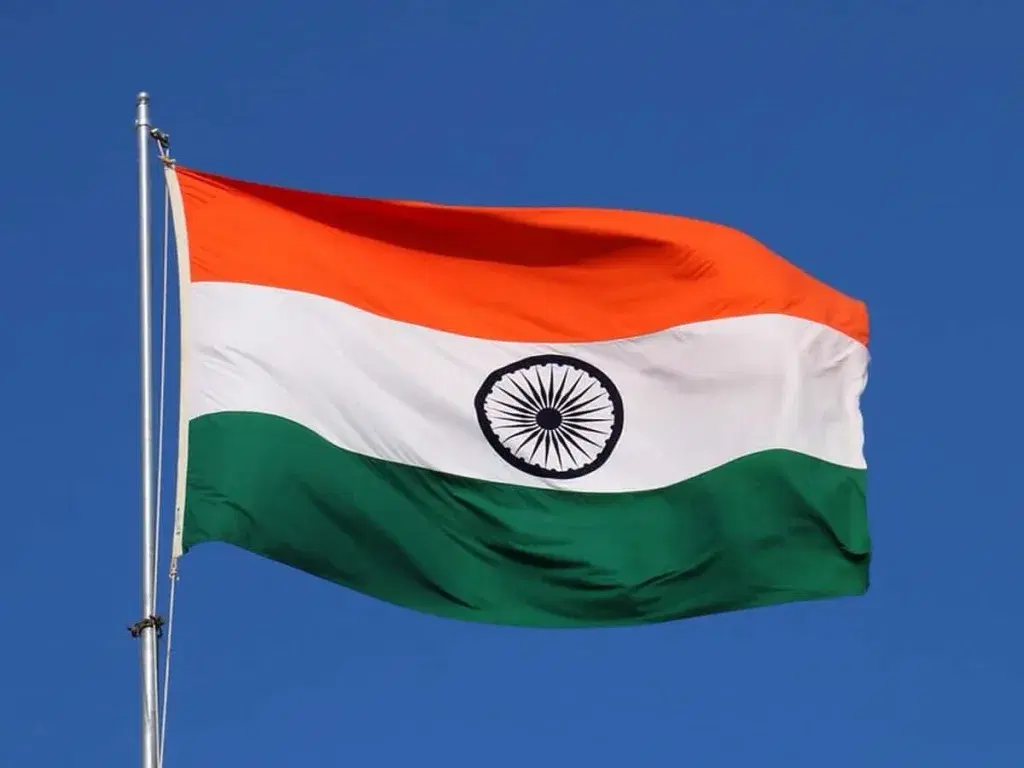
The width-to-length ratio of the Tiranga is 2:3. The top saffron stripe is for courage and sacrifice; the white stripe stands for purity and serenity and the green stripe for growth and auspiciousness. The 24 spokes of the navy-blue Ashoka Chakra, symbolizing progress, are positioned in the center. The chakras design was influenced by the wheel on Emperor Ashokas Sarnath Lion Capital. Its design is in line with the Make in India initiative.
Newsletter
Stay up to date with all the latest News that affects you in politics, finance and more.